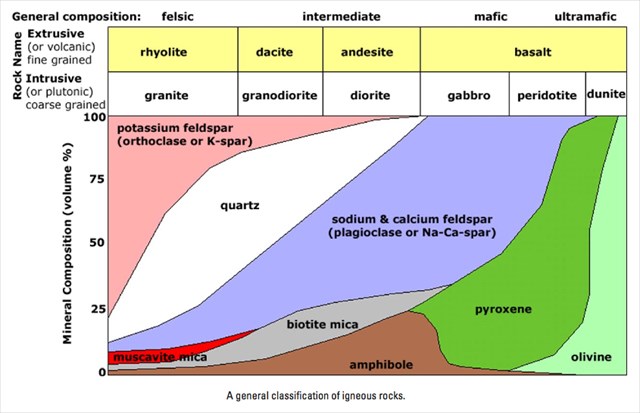There are a wide variety of types of stone in the market square and this earthcache looks at them in more detail.
This earthcache has a few different waypoints, each one taking you to a different part of the square to highlight the variety of rocks. All the waypoints should be accessible all year round. The different stones are used in different places on the square, so if you cannot get to the exact co-ordinates for whatever reason just find another point on the square with the same rock!
Questions
At each location,
Q1. Describe the appearance of the crystals and measure them.
Q2. Why do you think the different forms of rock have different appearances (e.g. crystal sizes and colour). Name the different minerals that give rise to the different colours.
Q3. (optional) Post a photo of you or your GPS at one of the features of the square.
Location 1 – Majority of flooring slabs in the market square
Location 2 – Some of the benches and some of the water feature
Location 3 – Some different benches/features.
Location 4 – Some of the benches and some of the water feature. (Some of the crystals here are clearer when there is water flowing over them, so have a look on the side of the water feature, but be careful not to fall in! You may find it easier to measure the crystals on the benches made out of matching rock)
Location 5 – The kerb stones (Please be aware of the trams/traffic!)
Please email me the answers through my profile. You do not have to wait for a reply before logging, but please include your email address so that I can reply! Thanks.
Most of the rocks in the Market Square are igneous rocks. Igneous rocks are formed by the cooling and solidification of magma or lava. The classification of the rock is dependant on the relative proportions of different minerals. Different igneous rocks have different mineral compositions due to partial melting of the parent rock. The different minerals have different melting points with the common minerals in oceanic crust having a higher melting point. When oceanic crust starts melting, the minerals common in continental crust melt first, forming different rocks.

The predominant rock in the market square is granite. The granite is composed of a variety of different minerals, most commonly quartz and feldspar with traces of mica, amphiboles and other minerals. Granite is a common constituent of rocks found in continental plates.
Location 4 is a different igneous rock called olivine gabbro. Gabbro is composed mainly of pyroxene and feldspar. This is a common constituent of rocks found in oceanic crust, which accounts for the different mineral composition
Location 5 is granodiorite, which is another igneous rock, composed of quartz, plagioclase and alkali feldspar. It is generally found in continental crust.